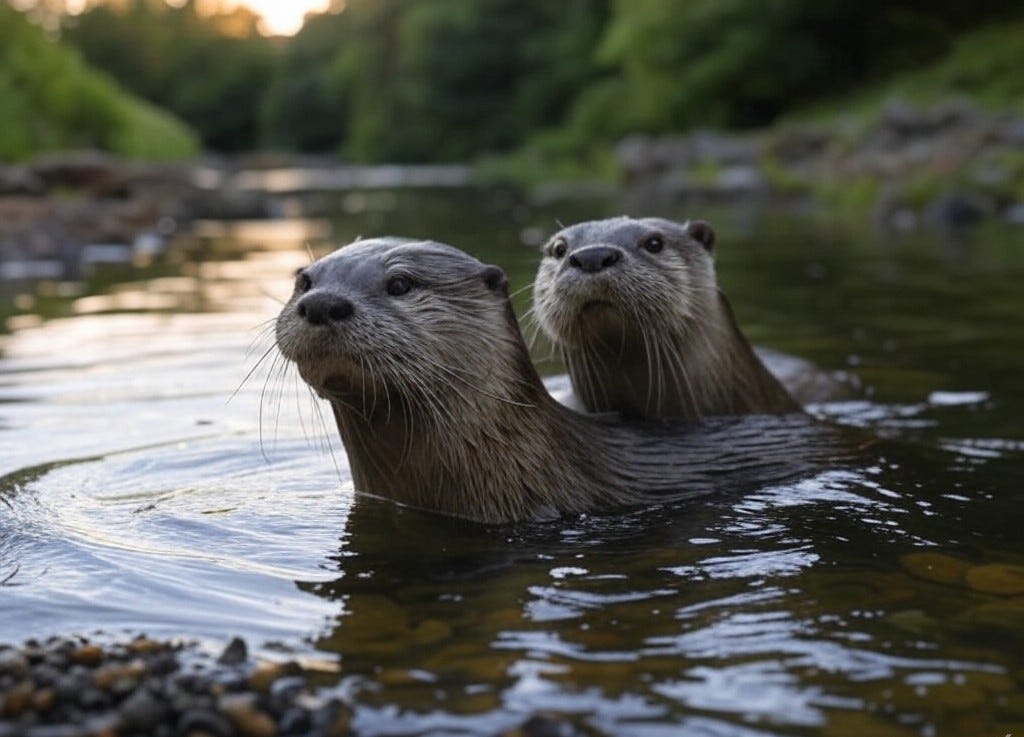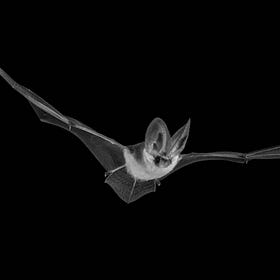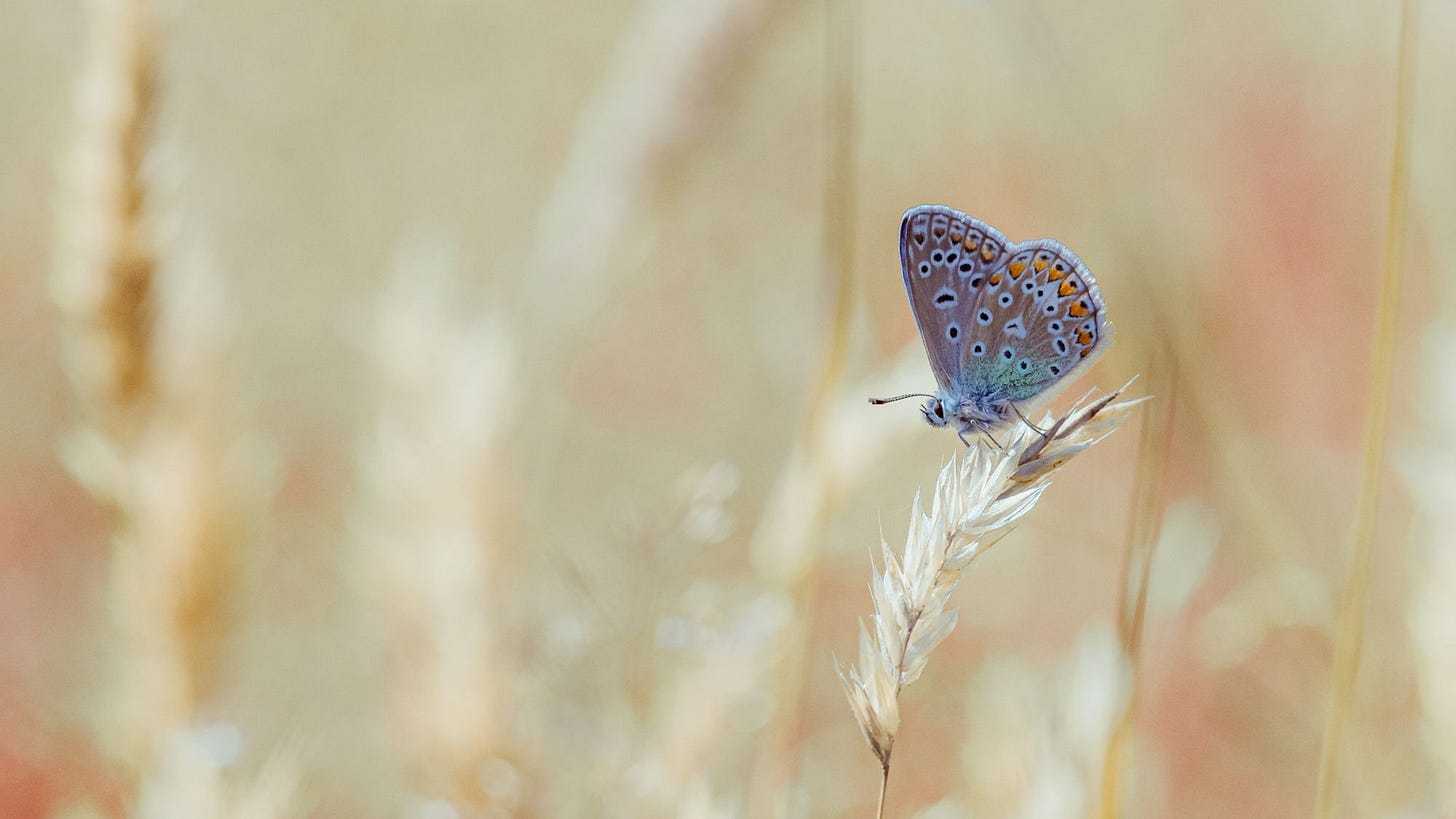Wild Hearts: A Valentine's Romance in LettsSafari's Rewilding Paradises
Nature's beating hearts constantly inspire the rewilding efforts across LettsSafari's expanding parks and gardens.
As February's gentle mist settles over LettsSafari's Dawlish Park, a different kind of love story unfolds beneath the ancient Devon oaks. Here, in this 70-acre haven where nature has reclaimed its rhythm over ten years of careful rewilding, romance blooms in ways that would make even Shakespeare's heart flutter.
In the gnarled embrace of a centuries-old oak at the edge of Exeter's Capability Brown gardens , our resident tawny owls are celebrating their own version of Valentine's Day. These feathered romantics, paired for life, begin their courtship as dusk paints the sky in lavender hues.
The male's wavering "kewick" call serenades his mate, before launching into a mesmerising aerial dance. During courtship, the male will bring gifts of mice and voles to his prospective mate, demonstrating his prowess as a provider. Their synchronised flight patterns, featuring figure-eight swoops and gentle wing brushes, showcase the intricate ballet of avian romance.
Down by the meandering River Otter just a few miles from this Oak tree, otters are proving that romance isn't just for humans. Like a besotted teenager practising his best chat-up lines, the male otter has perfected the art of pebble presentation, diving repeatedly to search for the smoothest, most perfectly rounded stone to present to his beloved. But these aquatic Casanovas have more romantic tricks up their sleeves.
They engage in elaborate courtship rituals, whistling sweet nothings to each other across the water before launching into synchronised swimming displays that would make an Olympics choreographer jealous.
Couples chase and tumble through the currents, their playful splashing and rolling creating ripples of joy across the water's surface. They'll spend hours grooming each other's thick fur, strengthening their bond through these intimate moments of care. Their territory is marked with spraint (their distinctive sweet-musky scented droppings) - nature's equivalent of love letters left on prominent riverside rocks and logs, announcing their romantic status to the wider otter world.
Back at Exeter's Capability Brown gardens, along the stream and extensive bog gardens, another love story unfolds among our thriving water vole population. Introduced over a decade ago, these charming riverside residents have created their own romantic paradise. Male water voles, those diminutive riverbank Romeos, establish territories along the water's edge and mark them with distinctive scent signals - their own natural dating profiles.
"During courtship, they perform sophisticated underwater manoeuvres, creating trails of bubbles that rise to the surface like natural love notes. Females choose their mates based on both the quality of their territory and their swimming prowess, leading to charming chase sequences through the reeds."
The park's ancient woodland edges host another spectacular display of affection. Our pipistrelle bats, so active in LettsSafari's Dawlish Park, the miniature masters of the night sky, engage in elaborate courtship flights. Males establish temporary territories around roosting sites, performing complex aerial displays while emitting specialised courtship calls at frequencies of 45-80 kHz. Their acrobatic prowess includes figure-of-eight flight patterns and rapid altitude changes, demonstrating the remarkable precision of bat romance at 40 miles per hour!
Saving Bats One LettsSafari Park at a Time
A number of Britain’s rarest bats, including the grey long-eared bat, have been discovered at LettsSafari parks thanks to a joint project with the UK’s Bat Conservation Trust.
In the meadows, where fifteen years of careful management has created a tapestry of native wildflowers, butterflies write their own love stories in the air. The rare Brown Argus butterfly, having found sanctuary in our rewilded spaces, performs an intricate courtship ritual. Males patrol their territories in characteristic low, darting flights, their wings reflecting UV patterns invisible to human eyes but irresistible to potential mates. The male's spiral-dance, a complex series of ascending circles around the female, is choreographed with remarkable precision.
But perhaps the most remarkable lepidopteran love story in our meadows is that of the Large Blue butterfly, a species once pronounced extinct in Britain in 1979. Now, in a testament to the power of rewilding and careful habitat management, these stunning insects can once again be seen performing their complex courtship displays in our meadows.








